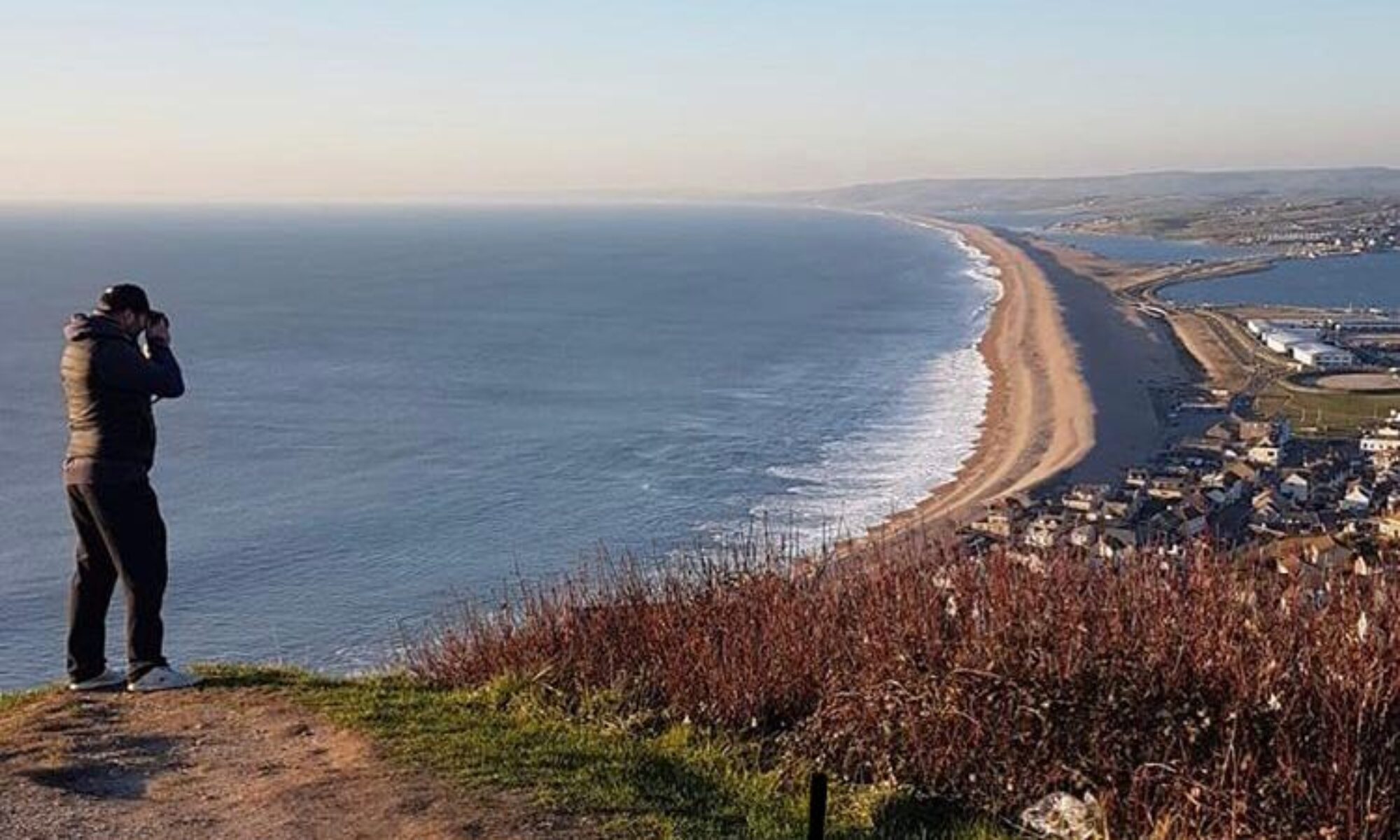Bristol has been a huge part of my life, and it saddens me that it has only taken me until now to fully explore it. Probably not best to be explored by foot as its sights are widespread and it is hilly as well, I did so anyway. Racking up the kilometres I managed to visit all of Brunel’s masterpieces.
Bristol’s location is a puzzle to me as it is a long way from the Bristol Channel. Surely a port at the edge of the land would have been an ideal location for ships and transportation links. Why bring all the ships up to the harbour in the city centre? This route is a glorious passage up through the Avon gorge, as it meanders its way from the Bristol channel to Bristol’s city centre. Presumably the river is deep and wide enough to allow the size of ships that obtained in the nineteenth century to float up to the city centre when Bristol saw much traffic. This could only be achieved by the lock system. The gorge towers up on either side, and when the tide goes out leaves nothing but a mucky mud view. One of Brunel’s engineering creations is the stunning suspension bridge that crosses high above the gorge with more modern advancements meaning that lower bridges and roads have been put in place. Upon crossing these it was fascinating to discover that Brunel had built a swivel bridge and wonder at how much of the docks he built.
The suspension bridge may be viewed from a number of surrounding locations. Certainly, the Clifton side is the best viewing spot. If you can manage to drag yourself away from this wonderful view, wander through this posh neighbourhood of Bristol. I did exactly that as I went in search of Cabot’s tower. Not so keen on Cabot’s tower (some bad memories and all that) I was tour guide for my dad the day we visited, so I felt it had to be included. On arriving and passing a number of elegant buildings I was surprised to find that one could walk up the tower for free! What a shock, when just about everything else touristy in this country has a charge associated with it. Well done Bristol!
Upon leaving the park, we were in front of the SS Great Britain. What was once the largest steamship ever to be built and the first to cross the Atlantic looks nothing compared to the ships that travel the oceans these days. Its amazing to think of the number of times that I have been in Bristol and have never visited this iconic ship. Another piece of work by Brunel, but perhaps I have not visited being put off by the price to visit this ship. The ship is moored in the floating harbour, a walk around here is well worth the views on a summer’s evening. At the western end of the harbour a few charming pubs exist alongside the locks; in the centre is the massive M Shed, guarded by 4 former ship cranes. This harbour lacks the volume of boats you would normally associate with most harbours probably due to its awkward entry and exit to the channel. Perhaps the larger ships use Avonmouth. During one weekend in the summer months this place turns into a harbour fest. The city, which I deem pleasant to visit at any time, becomes a hive of activity then and really buzzes.
A short walk from the harbour in either direction is the cathedral or city centre I am not one for shopping so I avoid the shops – just like the rest of the country seems to be doing but, no doubt, for other reasons! Instead I take a visit to the city’s cathedral. Amazingly this place is free to enter as well! Double bonus points, Bristol. So many of the English cathedrals seem to charge an exorbitant entrance fee. I believe this cathedral to be one of the larger in the country and a visit inside does little to contradict that. A visit to this wonderful piece of architecture is a must for anyone. One thing that surprised me was that the stained glass windows in most of the building weren’t the normal religious depictions that one would expect. This as a result of the bombings in the war which meant that most of the windows were blown out. The church decided to replace them with memories of those who helped Bristol during the war.
Drag myself away from here and across the college green and make a way up Park Street. Normally I make my way down it in a drunken state, but this time I was drawn to what I thought was another church on top of the hill. On closer inspection I was proved wrong. This is in fact a part of the university.
After finally looking at what Bristol has to offer, rather than what has always been for previous family visits or nights of drinking this place has blown my mind. If I had more time then I would like to look at one of Brunel’s great engineering feats, the railway. There are many other wonderful places yet to discover in this fascinating city.
Bristol, England, United Kingdom








Amazing Post!
Thank-you! I’m glad you enjoyed the read